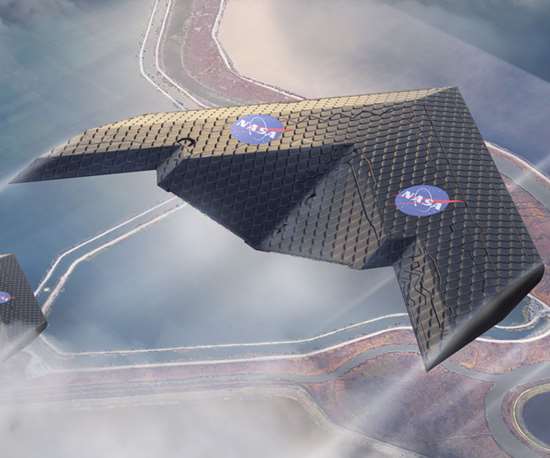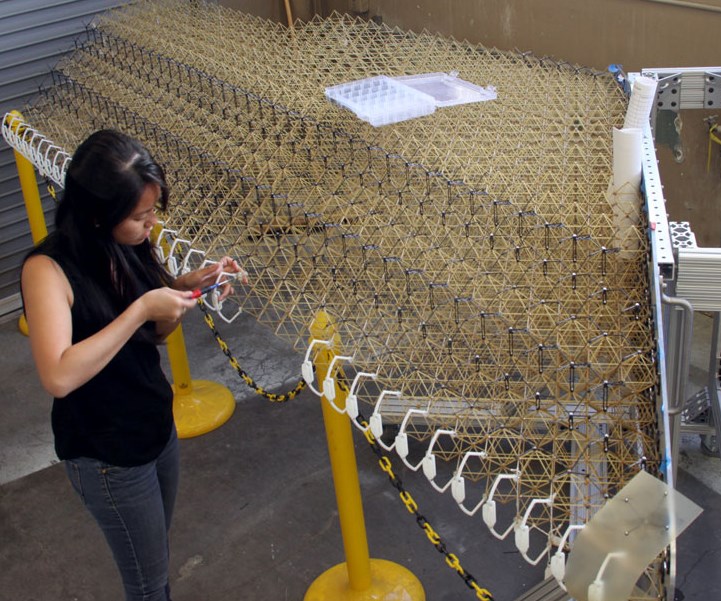MIT and NASA Engineers Design New Airplane Wing with Movable Surfaces
Researchers say the new wing could provide a significant boost in aircraft production, flight and maintenance efficiency.
#aerospace
The Massachusetts Institute of Technology says that a team of engineers has built and tested a new kind of airplane wing that is assembled from hundreds of small identical pieces so that the wing can change shape to control the plane’s flight.
The MIT and NASA researchers say that the new wing could provide a significant boost in aircraft production, flight and maintenance efficiency.
Featured Content
David Chandler from the MIT News Office says the new wing design was tested in a NASA wind tunnel and is described in a paper in the journal Smart Materials and Structures, co-authored by research engineer Nicholas Cramer at NASA Ames in California; MIT alumnus Kenneth Cheung, now at NASA Ames; Benjamin Jenett, a graduate student in MIT’s Center for Bits and Atoms; and eight others.
“Instead of requiring separate movable surfaces, such as ailerons, to control the roll and pitch of the plane as conventional wings do, the new assembly system makes it possible to deform the whole wing — or parts of it — by incorporating a mix of stiff and flexible components in its structure,” Chandler writes. “The tiny subassemblies that are bolted together to form an open, lightweight lattice framework are then covered with a thin layer of similar polymer material as the framework.”
View the entire article HERE
RELATED CONTENT
-
Zinc Phosphate: Questions and Answers
Our experts share specific questions about zinc phosphate and pretreatment
-
Coating Thickness Measurement: The Fundamentals
A review of available test methods, common applications and innovative instrumentation...
-
Quality Finishing: Don’t Starve Your Spray Gun for Air!
Tips to Avoid Pressure Drop in Air Spraying




















